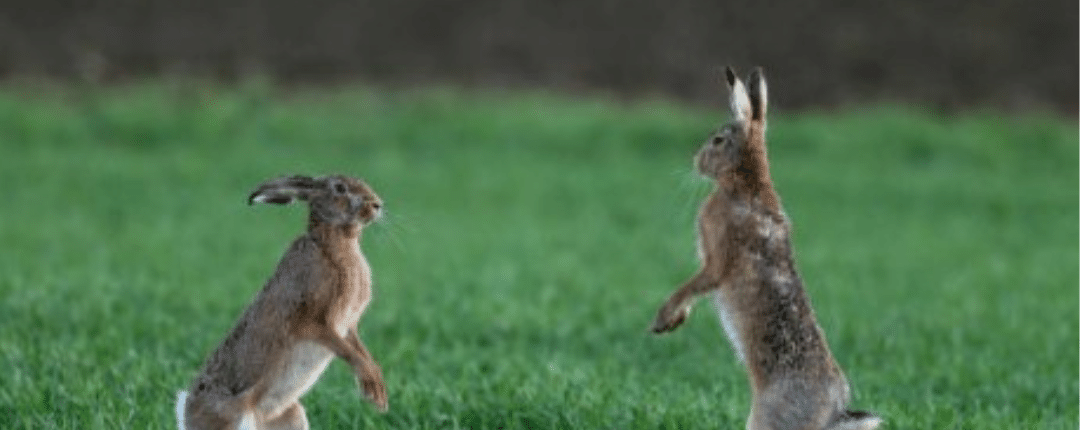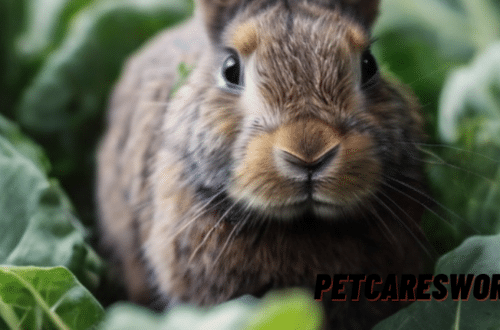Rabbits are champion jumpers, capable of leaping surprisingly high, given their small size. When threatened, rabbits can jump vertically up to 3 feet to evade predators. That’s the equivalent of a 6-foot person jumping over a basketball hoop! Rabbits attain such heights by powerfully coiling and springing their strong hind legs. In a horizontal broad jump, rabbits can spring over 6 feet.
Their powerful back legs and lean bodies allow impressive aerial feats. Observing rabbits energetically hop and sprint reveals how high these agile animals can be. From playful binkies to remarkable escape jumps, rabbits’ vertical hops and horizontal leaps put Olympic athletes to shame. Their super-charged jumps reveal the athleticism of these high-flying furry critters.
Exploring How High Can Rabbits Jump Physiology and Behavior
Rabbit physiology plays a crucial role in determining their jumping capabilities. Their hind limbs are particularly robust, featuring strong muscles and unique skeletal structures optimized for propulsion. The length and strength of a rabbit’s hind legs contribute significantly to its jumping prowess, allowing for vertical leaps that can surprise observers.
The biomechanics of rabbit jumping involves considering factors like muscle power, skeletal alignment, and joint flexibility. Rabbits possess powerful thigh muscles that generate the force necessary for propelling their bodies upwards. Additionally, their lightweight skeletons and flexible spines facilitate fluid motion during jumps, minimizing impact and reducing the risk of injury.
The Influence of Breed and Genetics
Breed variations among rabbits also impact their jumping abilities. Certain breeds, such as the Belgian Hare and English Spot, are renowned for their agility and athleticism, capable of achieving impressive heights during jumps. These breeds have been selectively bred for traits that enhance their jumping prowess, reflecting the intersection of genetics and human intervention in shaping animal behavior.
Conversely, domesticated rabbits may exhibit different jumping capabilities than their wild counterparts. Domestication processes can alter rabbits’ physical characteristics and behavioral patterns, potentially affecting their jumping prowess. While some domestic breeds retain strong jumping instincts, others may exhibit more subdued behavior, influenced by their environment and selective breeding practices.
Environmental Factors and Adaptive Strategies
Environmental factors also significantly influence how high rabbits can jump. In their natural habitats, rabbits encounter diverse landscapes with varying terrain features and vegetation densities. These environmental elements influence the frequency and intensity of rabbit jumping behaviors, shaping their adaptive strategies for survival.
Open grasslands and meadows provide ideal settings for rabbits to showcase their jumping abilities, offering ample space for locomotion and escape maneuvers. In contrast, densely forested areas may limit vertical clearance and impede extensive jumping, prompting rabbits to adopt alternative movement patterns such as darting and dodging.
Behavioral Insights and Observations

Observing rabbits in their natural habitat can yield valuable insights into their jumping behaviors and preferences. Researchers and wildlife enthusiasts often study rabbit movements and interactions to understand their ecological roles and social dynamics better. Through systematic observation and data collection, patterns emerge regarding the height and frequency of rabbit jumps in different contexts.
Rabbits exhibit jumping behaviors in response to multiplestimuli, including perceived threats, territorial disputes, and mating rituals. High-pitched sounds, sudden movements, and unfamiliar scents can trigger rapid jumping responses as rabbits seek safety or assert dominance within their social groups. These instinctual behaviors underscore the importance of agility and vigilance in the rabbit’s evolutionary history.
Implications for Rabbit Welfare and Care
Understanding rabbits’ natural behaviors and physical capabilities is essential for ensuring their welfare in captivity and domestic settings. Pet owners and animal caretakers must provide environments that accommodate rabbits’ instincts and behavioral needs, including exercise and mental stimulation opportunities.
Providing ample space for hopping and jumping for rabbits kept as pets is vital for promoting physical health and emotional well-being. Enclosures should be spacious and enriched with toys, tunnels, and platforms encouraging natural behaviors and exploration. Additionally, regular veterinary care and proper nutrition are essential for maintaining pet rabbits’ overall health and vitality.
Conclusion
The question of how high rabbits can jump Invites exploration into the fascinating world of rabbit physiology, behavior, and ecology. From their powerful hind legs to their adaptive strategies in diverse environments, rabbits exemplify the beauty of natural evolution and survival instincts.
By delving into the mechanics of rabbit jumping and its underlying factors, we gain a deeper appreciation for these remarkable creatures and the environments they inhabit. Whether in the wild or as cherished companions, rabbits continue to captivate our imagination and inspire awe with their extraordinary abilities.






